|
These were, shockingly, the runaway smash hit of my Scandinavian Midsummer Porch Party. And here I thought no one would like them! But they were the first to go of the open-faced sandwiches on offer and the only ones to have every last sandwich devoured. I probably should have made more... You may be asking yourself, what the heck is a "Ski Queen Brunost Open-Faced Sandwich?" Dear reader, Ski Queen is a brand of brunost widely available here in the United States. And what exactly is brunost? And how is it different from gjetost? Did you even know you needed the answers to these questions? Brunost is literally Norwegian for "brown cheese," and it is a very special, very specific style of cheese that is not really a cheese at all. Made from caramelized whey, this super-smooth, sweet and salty cheese can be made from either cow's milk whey (brunost) or goat's milk whey (gjetost). Whey-based cheeses, or mysost, date back over 2,000 years in Scandinavia, with the earliest evidence found on Jutland, Denmark. Going back hundreds of years, Norwegian dairy farmers perfected the use of whey, the milky yellow liquid leftover from processing butter. The original brown cheese, mysost, was literally just whey boiled until all the water evaporated and it caramelized into a sweet, grainy, fudge-like substance. But brunost is cow's milk whey that has cream and milk added in, which makes it creamy, smooth, and addictive. This addition is attributed to dairywoman Anne Hov, who helped revive the failing dairy industry in Gudbrandsdalen, Norway, in the 1860s. Later variations included goat's milk (gjetost) and "ekte gjetost" or "real goat cheese" is a brown whey cheese made from only goat's milk whey and goat's milk - it has a much stronger flavor than brunost and a sweet-salty tang. Brunost was typically served with open-faced sandwiches, on Norwegian heart-shaped waffles, or eaten plain as a snack. Modern cooks have used it in all sorts of ways, but one of my favorites is a creamy gjetost sauce for chicken. Today, most commericial brunost is produced by Tine - a Norwegian dairy cooperative that started in the 1850s and is named after the special bentwood boxes Norwegians used to store butter in the days before refrigeration. Tine also produces Jarlsberg. In the United States, you can get the cow's milk brunost and goat's milk ekte gjetost under the Ski Queen brand, so named because of the association in Norway of brunost with skiing, since brunost holds its shape under a wide range of temperatures, and its sweetness and fat helped replenish energy after a long day of skiing. Brunost Open-Faced SandwichesThis really will win converts. If you want to be bold, have a tasting of both the milder, sweeter brunost and bolder gjetost. thinly sliced buttered rye sliced brunost a dollop of strawberry jam You'll need your ostehøvel to get appropriately thin slices - a knife will be too thick. Make sure to get high quality strawberry jam - not too sweet, not too thick (my favorite is Welch's natural strawberry). These little sandwiches are basically like grownup candy. You can see why they are so popular in Norway and why almost everyone who tries it loves brunost. Have you ever tried it? The Food Historian blog is supported by patrons on Patreon! Patrons help keep blog posts like this one free and available to the public. Join us for awesome members-only content like free digitized cookbooks from my personal collection, e-newsletter, and even snail mail from time to time! Don't like Patreon? Leave a tip!
0 Comments
When planning the menu for my Scandinavian Midsummer Porch Party, I wanted to make sure to have some sandwiches hearty enough to stand in for dinner. We can't all subsist on salads and dessert! But while these sandwiches are decidedly NOT friendly to folks who don't eat pork or meat (always make sure all guests can eat!), they are delicious and worth a try for those of you who do eat pork. Although many people don't realize it, ham is quintessentially Scandinavian. It is a popular Christmas and Easter dish, and the Danish pork industry supplies most of Continental Europe. We always had ham for Easter growing up, and sometimes for Christmas, too (along with Swedish meatballs). It's also a popular sandwich meat in the United States, where deli-style hams are very similar to those produced in Denmark. Jarlsberg is also a popular Scandinavian cheese here in the U.S. A Swiss-style cheese introduced to the dairy farms of Jarlsberg, Norway in the 1850s, it had disappeared by the 20th century. In the 1950s, scientists at the Agricultural University of Norway were intrigued by a graduate student's paper on the historic cheeses of Vestfold, Norway (where Jarlsberg is located) and set about to recreate the historic Swiss-style cheese. Rich and very butter, with extra-large holes, Jarlsberg is coated in red wax and the details of its production are a trade secret. Combining the two on pumpernickel rye with a dollop of lingonberry jam seemed like a match made in heaven, and I was right. Lingonberries, also sometimes known as partridgeberries or cow berries, are a relative of the cranberry. Lingonberries are native to the boreal forests of Scandinavia and the rest of Northern Europe, Russia, Alaska, Canada, etc. Tiny and tart, they feature heavily in Scandinavian cuisine, especially with game meats and in desserts and drinks. If you can't find lingonberry jam, you can substitute cranberry sauce, but it won't be the same. Ham and Jarlsberg Open-Faced Sandwiches with Lingonberry Jamthinly sliced sturdy pumpernickel bread butter shaved natural ham Jarlsberg cheese lingonberry jam or preserves Butter a slice of pumpernickel or rye bread thinly, edge-to-edge, and top with a slice or two of natural (I prefer bone-in) ham. Add a slice or two of Jarlsberg on top (use a Norwegian osthovel for best results!) and top with a small spoonful of lingonberry jam. The salty, fattiness of the ham, the buttery taste of the Jarlsberg, and the acid sweetness of the lingonberry jam work just wonderfully together. Plus they're pretty, too! You can serve these as part of a smorgasbord, like I did, or alone for a fancy lunch. The bread tends to dry out if left out too long, so if you have any party leftovers, be sure to seal and refrigerate to ensure freshness. I like to make the leftover open-faced sandwiches (if there are any!) closed by simply placing to of them together, open faces in! The Food Historian blog is supported by patrons on Patreon! Patrons help keep blog posts like this one free and available to the public. Join us for awesome members-only content like free digitized cookbooks from my personal collection, e-newsletter, and even snail mail from time to time! Don't like Patreon? Leave a tip! Salmon is a classic Scandinavian dish. Spring salmon runs up the fjords and rivers of Scandinavia from late May/early June through most of the summer. Salmon is eaten fresh, but it is also made into gravlax, a mild cold-cured dish made by burying whole salmon filets in a mixture of salt, sugar, and herbs. Salmon also features in many New England summer traditions, including Fourth of July menus, which consisted largely of salmon, new potatoes, and fresh peas. Historically, as with many springtime fish runs, salmon was inexpensive and easy to obtain, both in the United States and Scandinavia. Not so anymore. I wanted to serve salmon at my Scandinavian Midsummer Porch Party, but I was also short on time and feeding a crowd. I decided against the more intensive prep of a poached or grilled salmon filet and settled on the easier and more wallet-friendly canned salmon instead. I use the smaller tins of sustainably harvested wild-caught salmon that don't contain any skin or bones. The inspiration for this recipe came from a historic one I saw a while ago. Linda Hull Larned's One Hundred Picnic Suggestions cookbook, published in 1915, had a recipe for Salmon Salad which called for the use of rice, but offered an alternative of hard boiled eggs and cucumber. Since I was already making deviled eggs, I decided to go a little lighter and use just cucumber. Salmon Cucumber Salad Open-Faced SandwichesThis recipe makes a lot of sandwiches (enough for all of the ones pictured above), so feel free to cut the recipe in half if you're serving fewer people. 2 cans (5 oz. each) salmon 1 cup finely chopped English cucumber 2 scallions, sliced fresh dill, minced lemon juice or white wine vinegar salt pepper 1 tablespoon Dijon mustard mayonnaise Drain and flake the salmon, then stir in the cucumber, scallions, and fresh dill. Add salt and pepper and a splash or two of lemon juice or white wine vinegar and toss to coat. Stir in Dijon mustard and mayonnaise to coat. Serve on thin slices of fine-grained but sturdy white bread (I used semolina batard). You should probably butter your bread slices - I didn't, thinking the mayonnaise was moist enough, but they got a little soggy! You could also serve on toast or with water crackers. If you can't find or don't like salmon, you could certainly substitute tuna. But if you don't generally like tuna salad, give salmon salad a try! It is milder-tasting and the cucumbers give a refreshing crunch. If you wanted to be extra-fancy, you could certainly also use leftover grilled, poached, or roasted salmon, flaked, although be aware that most modern salmon filets are going to be fattier than canned salmon, so keep that in mind, flavor-wise. The Food Historian blog is supported by patrons on Patreon! Patrons help keep blog posts like this one free and available to the public. Join us for awesome members-only content like free digitized cookbooks from my personal collection, e-newsletter, and even snail mail from time to time! Don't like Patreon? Leave a tip! Growing up, I considered Scandinavian-style open-faced sandwiches the epitome of style. Which, in a region where "traditional" Scandinavian food is essentially variations on meat and potatoes, it was! I requested a Scandinavian smorgasbord for my high school graduation party, and that's what I got! Of course, mine were more American than the traditional Danish versions with tiny shrimps or smoked salmon, but still delicious. When planning my Scandinavian Midsummer Porch Party, I knew I wanted open-faced sandwiches for the main dish, because they would be relatively quite and easy to assemble, and they were small enough for people to have lots. Plus! They could be served cold, so no having to manage a hot main course. The official name for open-faced sandwiches is smørrebrød, which is Danish for (literally) "butter-bread," but which is used to refer to a very specific style of open-faced sandwich. Danish smørrebrød etiquette is a bit too formal for me - eating sandwiches with a knife and fork?! No thanks. I'm Scandinavian AMERICAN, after all. And there are some very specific types of sandwiches, and even an order in which to eat them! This is a party, folks. I don't tell people how to eat unless they ask for advice. I also find the formality hilarious given the very plebian origins of open-faced sandwiches. Conventional wisdom draws a direct line from Medieval trenchers (essentially plates made of bread) to open-faced sandwiches. As with most food history, there isn't a ton of concrete evidence, but it's a logical connection. Others draw a line between 19th century field food for farmers, who ate leftovers with buttered bread for lunch. Regardless, there are some commonalities between most open-faced sandwiches. 1. Fine-grained rye bread is the best and sturdiest foundation. 2. Yes, you have to butter the bread - thinly and edge to edge. This keeps the bread structure together and prevents it from getting soggy. Buttering edge-to-edge also helps keep the bread from drying out. 3. No, it cannot have another piece of bread on top. Otherwise it's not open-faced anymore! Other than that, the sky's the limit! I made four different ones for the party, and all were a hit. Here's my personal favorite: Dill Havarti and Summer Sausage with Cucumber on RyeAt that graduation party, a variation of this was one of my favorite sandwiches my mom came up with - tiny party rye slices spread with herbed cream cheese and topped with a slice of summer sausage, a slice of cucumber, and a sprig of dill. These aren't quite the same, but equally delicious. Fine-grained rye bread, buttered Thinly sliced dill Havarti cheese 1 slice summer sausage (not salami!) 1 slice English cucumber Summer sausage is a must here. It's almost impossible to find in my neck of the woods, so when I was in Ohio for a wedding back in April, and saw giant sticks of it in the grocery store, I grabbed one to take home. It's all gone now (sadly), and it wasn't QUITE as good as the stuff from back home in North Dakota (which is known for its sausage), but it was better than anything out here in New York. Unlike dried sausages like salami or pepperoni, summer sausage is able to be kept at room temperature because of a bacteria which lowers the PH of the sausage and gives it its signature tangy taste. You have to refrigerate it once it's unsealed, but it's softer and less fatty than salami and the flavor is just as good if not better. I saw dill Havarti in the store, so had to get it for this recipe. I got mine sliced at the deli. Havarti was invented in Denmark and is an incredibly buttery-tasting, softish, lacy-grained cheese that is just lovely on sandwiches. The tender, dense rye bread, butter and buttery tasting Havarti, the tangy, salty summer sausage, and the crisp, cold cucumber are just a delicious taste sensation. I cut the bread in quarters for easier eating and to fit the sausage and cucumber better. The Food Historian blog is supported by patrons on Patreon! Patrons help keep blog posts like this one free and available to the public. Join us for awesome members-only content like free digitized cookbooks from my personal collection, e-newsletter, and even snail mail from time to time! Don't like Patreon? Leave a tip! Cucumber salad with dill and sour cream just screams summer and Scandinavia. So when I planned my Scandinavian Midsummer Porch Party, I knew it had to be included. Agurksalat is the Norwegian name of cucumber salad, but funnily enough, most cucumber "salads" in Scandinavia are more like quick cucumber pickles - thinly sliced cucumbers are covered with a brine of vinegar, salt, and sugar, with fresh dill. This salad is often used to accompany fish, or as a topping for rye bread and liver pate. But where I was growing up in the Red River Valley of North Dakota, cucumber salad was made with sour cream. I wonder if these salads weren't invented to use up the bumper crops of cucumbers that often result. Certainly in Scandinavia they were historically celebrated as a herald of spring, and were eaten only for the short months they were available in outdoor gardens, mostly June and July. In the US, especially the Upper Midwest, the cucumbers are often peeled, but I'm a big fan of English/burpless/seedless/Persian cucumbers, which are thinner skinned, less bitter, and more crisp than their larger counterparts. These cucumbers are perfect for salads as they're crisp enough to hold up under dressings but tender enough to taste more like garden-grown. I am not particularly a fan of the sweet-sour brine (which seems to also be used to pickle herring!), and dislike bread and butter pickles for this reason, so my cucumber salad recipe doesn't include any sugar. This last-minute addition ended up being one of the surprise smash hits of the afternoon, and I sent the little bit that was left home with a friend and her kids, who kept going back for seconds. Scandinavian Cucumber SaladIf you want a more traditional salad, google "agurksalat," but if you want something traditionally Midwestern Scandinavian-American, and surprisingly refreshing on a hot day, stay with me. 6 mini Persian cucumbers, or 1 large English cucumber 1 teaspoon salt 2 scallions white wine vinegar full fat sour cream Wash and thinly slice the cucumber - not paper-thin, but thinner than a quarter inch. Add salt to the bowl and toss the cucumber slices to coat. Let rest for 15 minutes, then drain off the juice. If you're avoiding salt, feel free to give them a little rinse and drain again. Slice the scallions paper-thin, and add to the cucumbers with a splash of vinegar and a dollop of sour cream. Toss everything together until the cucumbers are coated with the vinegar-sour cream mixture. Serve cold or cool. The cucumbers will be salty and crisp and the creamy-sour dressing will be very addictive. Great as an accompaniment to sandwiches, grilled fish or meats, or as one of a variety of cold salads served for a light supper. The Food Historian blog is supported by patrons on Patreon! Patrons help keep blog posts like this one free and available to the public. Join us for awesome members-only content like free digitized cookbooks from my personal collection, e-newsletter, and even snail mail from time to time! Don't like Patreon? Leave a tip! Nothing says summer like potato salad, but while many people have strong opinions about what constitutes potato salad and what doesn't, in my opinion, if it contains cold (or even warm!) potatoes and some kind of dressing, it's potato salad. Scandinavians have embraced the potato since it was introduced in the mid-1700s, and it now plays a foundational role in some of their most famous foods, including lefse, Jansson's temptation, and the beloved boiled red potatoes that accompany nearly every celebratory meal, including Midsummer. For my Scandinavian Midsummer Porch Party, I thought I'd riff off of a recipe my mother-in-law introduced to me, and make it slightly more Scandinavian. Hers calls for boiled potatoes, sweet onion, white vinegar, and mayo with dried dill. I made mine with boiled red potatoes (also a North Dakota favorite) and fresh dill. Native to the Mediterranean and Eurasia, dill is probably the most important culinary herb in Scandinavia. Only caraway gives it a run for its money. Although most Americans are probably only familiar with it thanks to dill pickles, it is one of my favorite herbs - fresh and green tasting, but not as one-dimensional as parsley or overpowering as fennel or rosemary. It is the perfect complement to fish, cucumbers (as you'll see in the next post), and yes, potatoes. Scandinavians also use it to flavor lamb stew, instead of the more Western mint. Fresh dill can be a bit of a pain to keep fresh, but trim the stems when you get home and place them in a wide-mouth pint mason jar with an inch or so of cold water. It will keep fresh at room temp for a day or so (change the water daily), but put it in the fridge with a plastic bag tent if you want it to keep for longer. The key to this tangy salad is the vinegar, and tossing the onions and potatoes while the potatoes are still hot. Creamy Dilled Potato SaladIf you don't have fresh dill, you can certainly use 2 tablespoons dried dill, but the flavor, while good, won't be quite the same. 2-3 lbs red potatoes 1 sweet onion, like Vidalia or Walla-Walla 2+ tablespoons white or white wine vinegar 1+ cup mayonnaise 1/4 cup chopped fresh dill Wash the potatoes and slice them about a quarter inch thick (I cut my very large potatoes in quarters first). Place in a large pot and add cold water to cover generously. Bring to a rolling boil, reduce the heat slightly (so they don't boil over), and cook until fork-tender, but not quite falling apart. Meanwhile, cut the root end off the onion, then cut in half lengthwise, peel, and cut in quarters or sixths. Slice crosswise paper thin. Add to a large serving bowl or casserole and toss the onions with the vinegar. When the potatoes are done, drain and let them steam for a second, then add while hot to the onions and vinegar. Toss well to combine. Then add mayonnaise to coat and the fresh dill. Taste and add more vinegar as necessary. The vinegar flavor will tame down a bit as the potatoes absorb it, so if making ahead taste the next day and add more vinegar as necessary. You can also add some sour cream if you want this potato salad to be even creamier. Serve as a side dish to grilled meats, sandwiches, or your favorite bean salad. The Food Historian blog is supported by patrons on Patreon! Patrons help keep blog posts like this one free and available to the public. Join us for awesome members-only content like free digitized cookbooks from my personal collection, e-newsletter, and even snail mail from time to time! Don't like Patreon? Leave a tip! I'm not sure why deviled eggs are so popular. At least, mine are! They're always the first thing to go at every party, and no matter how many I make, even leftovers get devoured quickly. Historically, deviled eggs were "deviled" by mixing the yolks with soft butter and mustard. Later, the deviling became associated with cayenne pepper or paprika. The popularity of prepared mayonnaise meant that condiment soon supplanted butter as the primary ingredient. Deviled eggs are perfect for just about any party, but they seem especially lovely tea party, picnic, and summertime fare, so I just had to make them for my Scandinavian Midsummer Porch Party. As you can see in the photo, they were half-gone almost instantly, and totally gone by the end of the night. Despite their relative simplicity, they always seem so festive! They're not difficult or expensive to make, but a few tips will make things a bit easier than you might expect. Deviled Eggs RecipeI like to use free range local eggs for my deviled eggs, which makes for super delicious and bright yellow yolks. Slightly older eggs are better for peeling as the albumen of the egg starts to pull away from the shell. So if you've got a dozen eggs that need eating, there's no better way to use them up than deviled eggs. Deviled eggs are best when you boil the eggs the same day you devil them. 1 dozen eggs mayonnaise Dijon or spicy brown mustard sour cream (optional) In a stock pot large enough to accommodate all the eggs in a single layer without touching, cover the eggs with cold water. Cover the pot and place over high heat, bringing it to a full rolling boil. Turn off the heat and leave the eggs, covered, for 15 minutes. Then fish them out (a slotted spoon works nicely) and deposit them in a large bowl of ice water to stop the cooking process and cool them down. Let them rest at least 10 minutes. Now for the hard part - peeling them. I find the water method easiest. One at a time, place each egg in a glass, fill a third of the way with water, cover the top with your hand, and shake vigorously. Alternatively, crack the egg all over, peel up a small part, and then place under running water. In both instances, the water gets between the shell and the cooked egg, making peeling easier. Although a perfectly peeled egg is a joy, no one ever complains about a slightly battered one - they all taste the same! Slice the peeled eggs in half lengthwise and pop the yolks out into a small bowl. Mash the yolks thoroughly with a fork, until no large chunks remain. Then add about a half cup of mayonnaise and 1-2 tablespoons of prepared mustard. Add some sour cream if you like. The yolk mixture should be extra-creamy, but bright yellow from the yolks. Taste and add more mustard or salt as you like. Remember, the whites are bland. Using a spoon, plop the yolk mixture evenly into the egg halves (use a plastic bag with the tip cut off if you want cleaner piping - also good for transporting the eggs and filling on site for picnics and such), making sure to cover most of the white, not just the hollow left by the yolk. A good deviled egg should be just a bit messy to eat. Deviled eggs contain egg and mayonnaise, so they should not be left at room temperature for too long. Luckily they're not likely to last long, anyway! The Food Historian blog is supported by patrons on Patreon! Patrons help keep blog posts like this one free and available to the public. Join us for awesome members-only content like free digitized cookbooks from my personal collection, e-newsletter, and even snail mail from time to time! Don't like Patreon? Leave a tip!
Thanks to everyone who participated in this week's Food History Happy Hour! In this episode we made the Gin Daisy from the Recipes of American and Other Iced Drinks, London (1909).
We talked about Holland gin, orgeat syrup, picnics, including picnicking in rural cemeteries, potato salad, Miracle Whip a.k.a. boiled dressing, camping, including Maria Parloa's Camp Cookery, How to Live in Camp (1878) and Camp Cookery by Horace Kephart (1910) with an overview of the types of recipes and cooking they offer, and brief discussion of dehydrated backpacking foods. We did have a few issues with the new service, so apologies for pixelated, skipping, or out-of-synch video. Hopefully it won't happen again! Gin Daisy (1909)
Gin Daisy from the Recipes of American and Other Iced Drinks, London (1909) original recipe:
Take half-pint tumbler half full chipped ice, add three or four dashes of orgeat or gum syrup, three dashes of maraschino, juice of half lemon, a wine-glassful of Hollands gin; shake well; strain into a large cocktail glass, and fill up with seltzer or apollinaris water. So here's my translated recipe that I used on the show: In a cocktail shaker with ice, add: 1 tablespoon simple syrup with almond flavoring 1 tablespoon maraschino syrup juice of 1/2 a lemon 1/2 wineglass gin (about 3 ounces) splash bourbon Shake and pour into a 12 ounce glass; fill with seltzer (I used lemon-lime). Add ice if desired. If I were to make this again, I would definitely cut down on the gin, but the bourbon was a very nice addition for a little bit of smooth malty flavor to approximate Holland gin, a.k.a. jenever. And I might try this recipe for a more authentic orgeat syrup. Or maybe I'll try the old-school barley kind! Related to syrups - I finally ordered raspberry syrup! So expect some cocktails that call for that in the future. More pink drinks!
If you liked this post and would like to support more Food History Happy Hour livestreams, please consider becoming a member or joining us on Patreon. Members and patrons get special perks like access to members-only content.
Thanks to everyone who joined me on Friday for Food History Happy Hour live on Facebook. This week, in commemoration of Memorial Day, we talked about its Civil War origins, the history of grave decoration as Decoration Day, cemetery picnics (and picnics in general), history of refrigeration, how food was preserved before refrigeration, including canning, with mention of my book review of Canned, a discussion of fireless cookers/hay boxes, including Sabbath cooking, historical spring (spoiler alert: June used to be spring), book update, including WWI New York City soldiers' canteens, agricultural labor shortages, comparisons between WWI and the coronavirus pandemic, and what I've been reading recently. Bishop Cocktail (1906)I've been looking for a port wine cocktail for a while so that I could crack open my new bottle of Brotherhood Winery's Ruby Port, which is delightful. And, as Anna Katherine pointed out, Friday was Drink Local Wine Night! And Brotherhood Winery - the oldest winery in the country - is located just a few miles from my house. As I mentioned in the video, the Bishop cocktail (notice that the Black Stripe is the very next recipe!) ended up tasting very similar to sangria, which is not a bad thing. But I would definitely cut down on the sugar next time. And having looked it up since the show, Jamaican rum is a dark rum - not at all close to the white Puerto Rican rum I was using. But in a global pandemic, you use what you've got! This cocktail comes from the 1906 How to Mix Drinks: Compiled, Selected, and Concocted by George Spaulding. Here's the original version, with my notes: Use large glass. Sugar, one tablespoons [try one teaspoon instead] Lemon, juice of one-half [or 1 tablespoon bottled] Orange, juice of one-half [or 2 tablespoons bottled] Port wine, one wine glass [ooops! I did a half, you can too] Jamaica rum, one-half pony [1/2 oz.] Fill with cracked ice, shake well and ornament with fruit [I used blood orange]; serve with straws. If you liked this post and would like to support more Food History Happy Hour livestreams, please consider becoming a member or joining us on Patreon. Members and patrons get special perks like access to members-only content.
|
AuthorSarah Wassberg Johnson has an MA in Public History from the University at Albany and studies early 20th century food history. Archives
July 2024
Categories
All
|
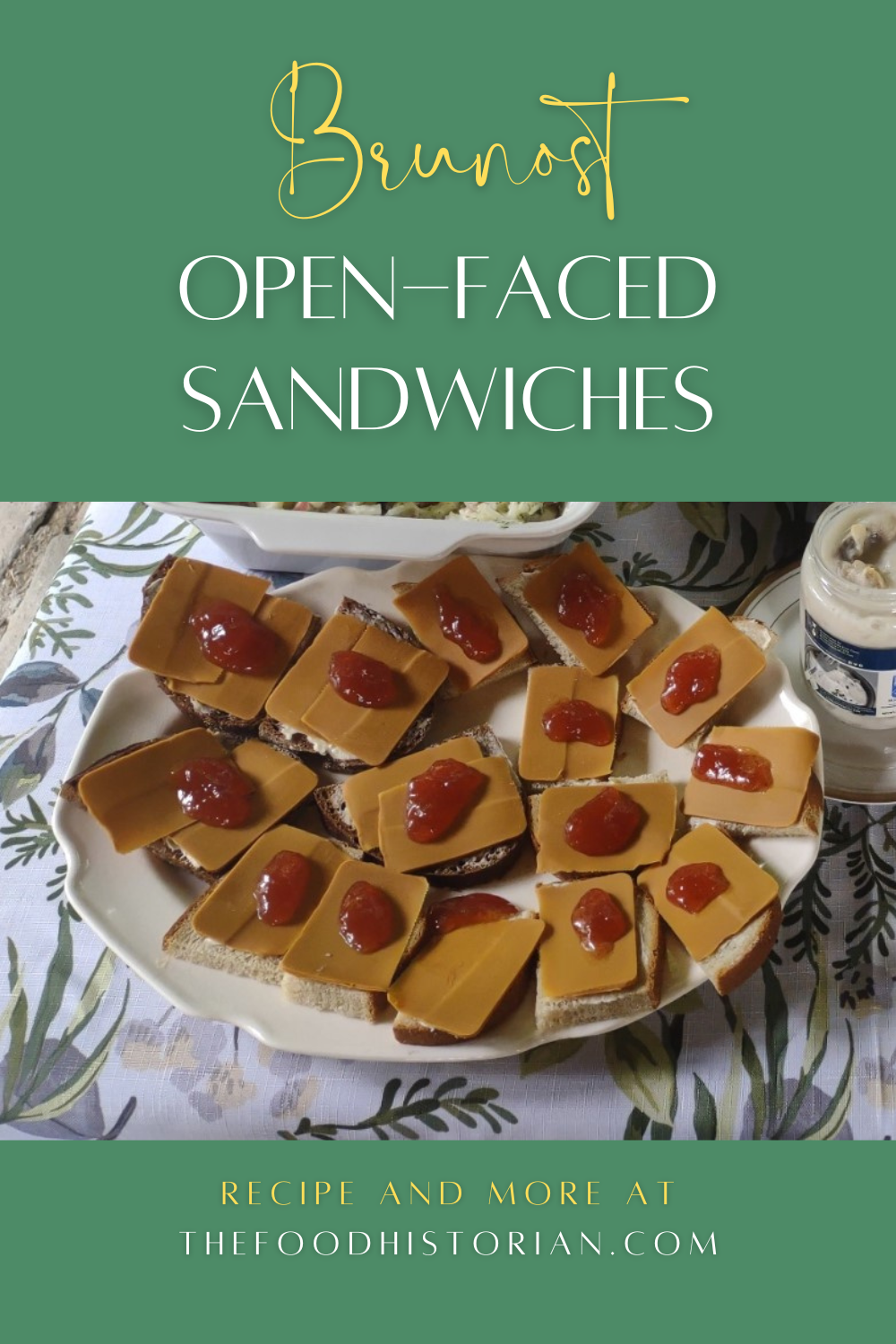
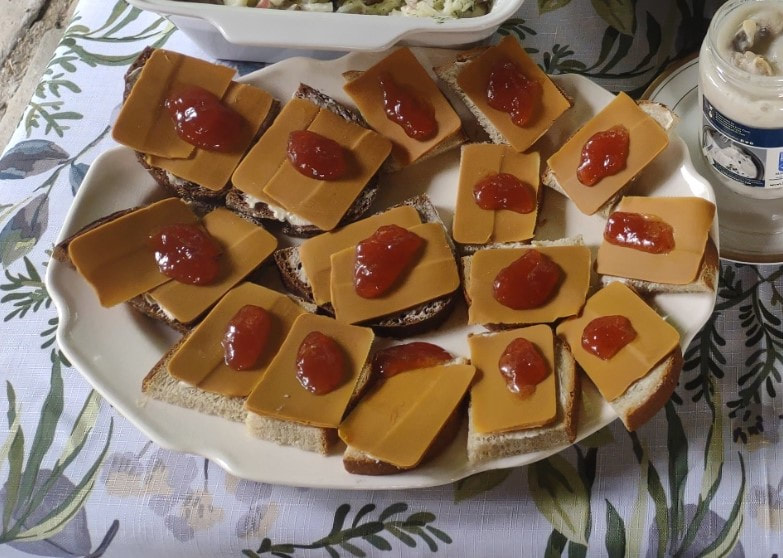
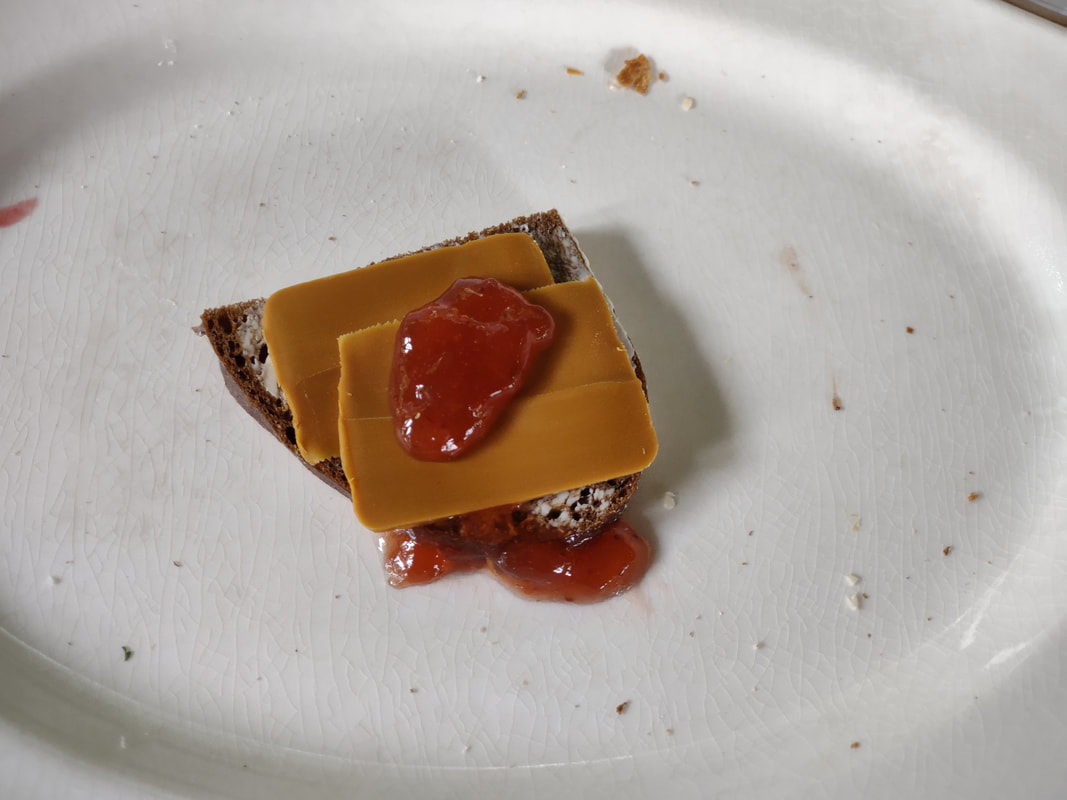
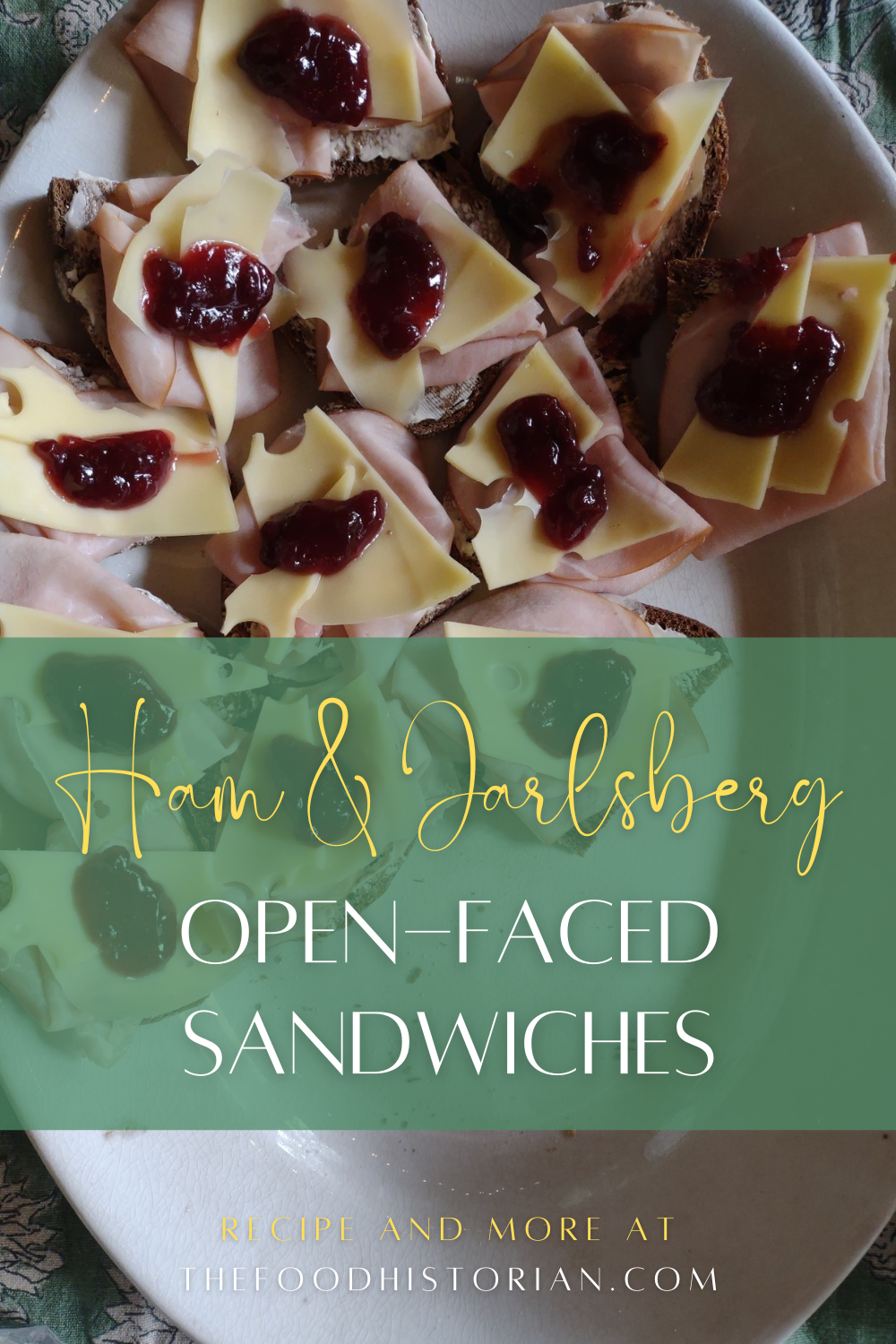
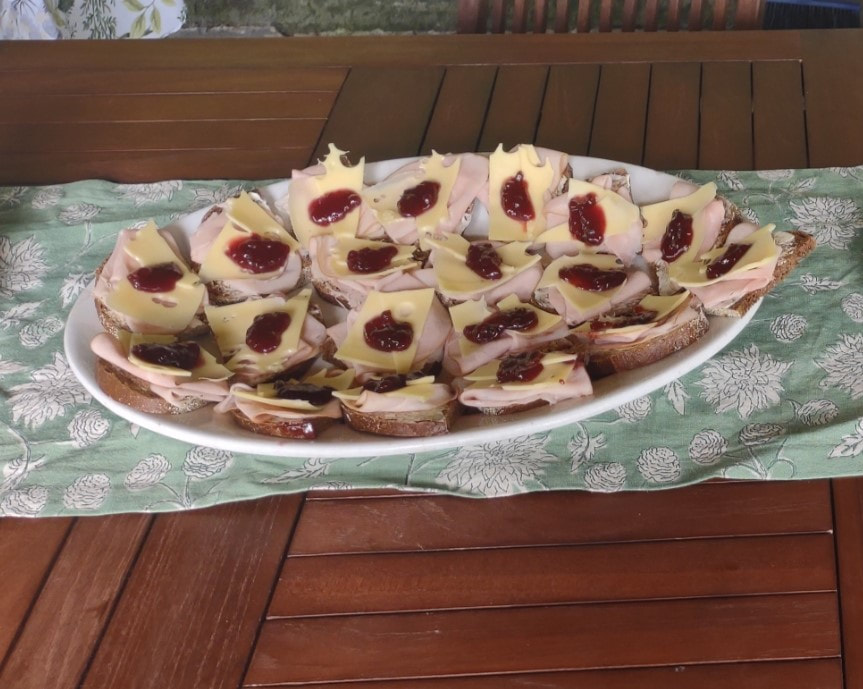
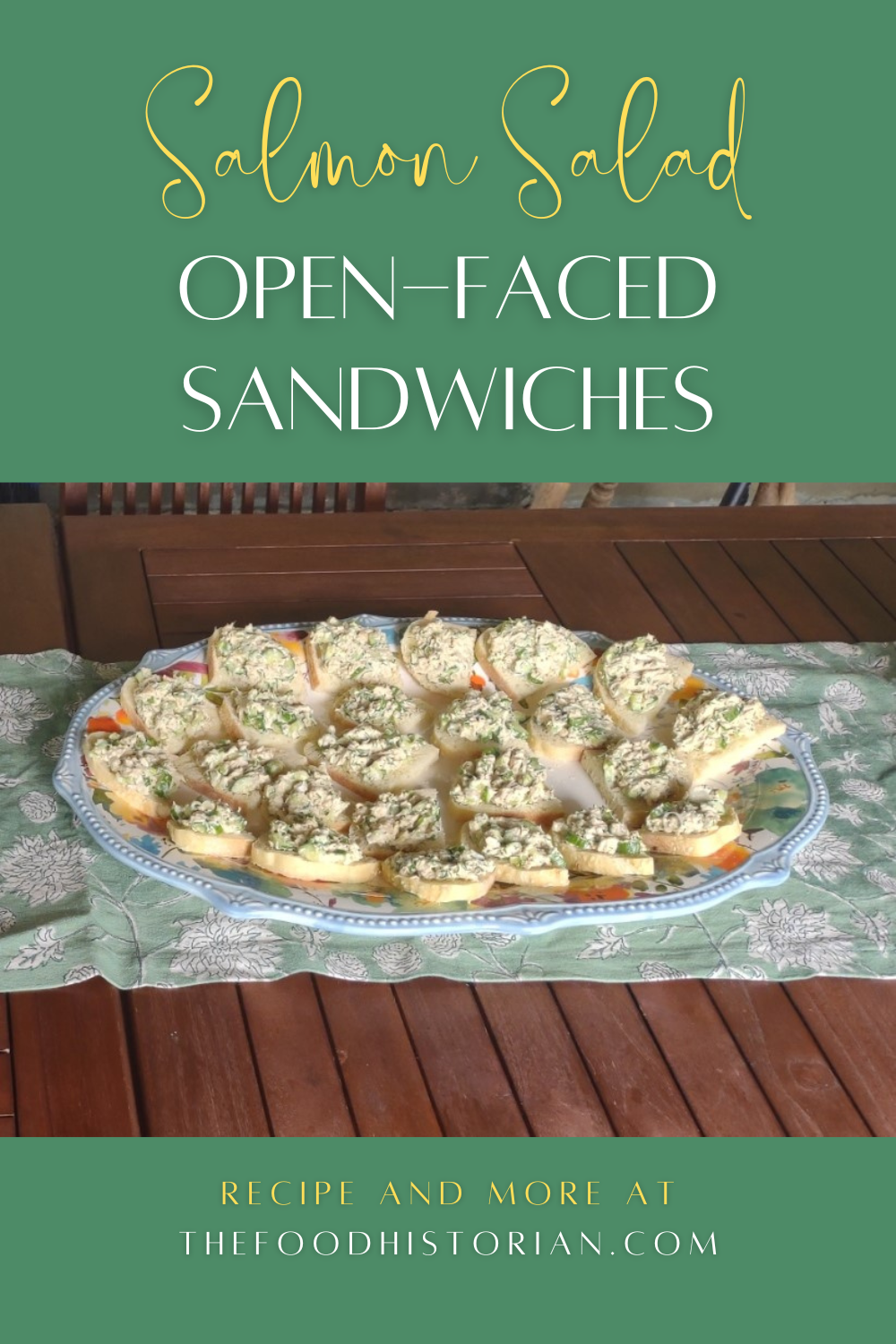

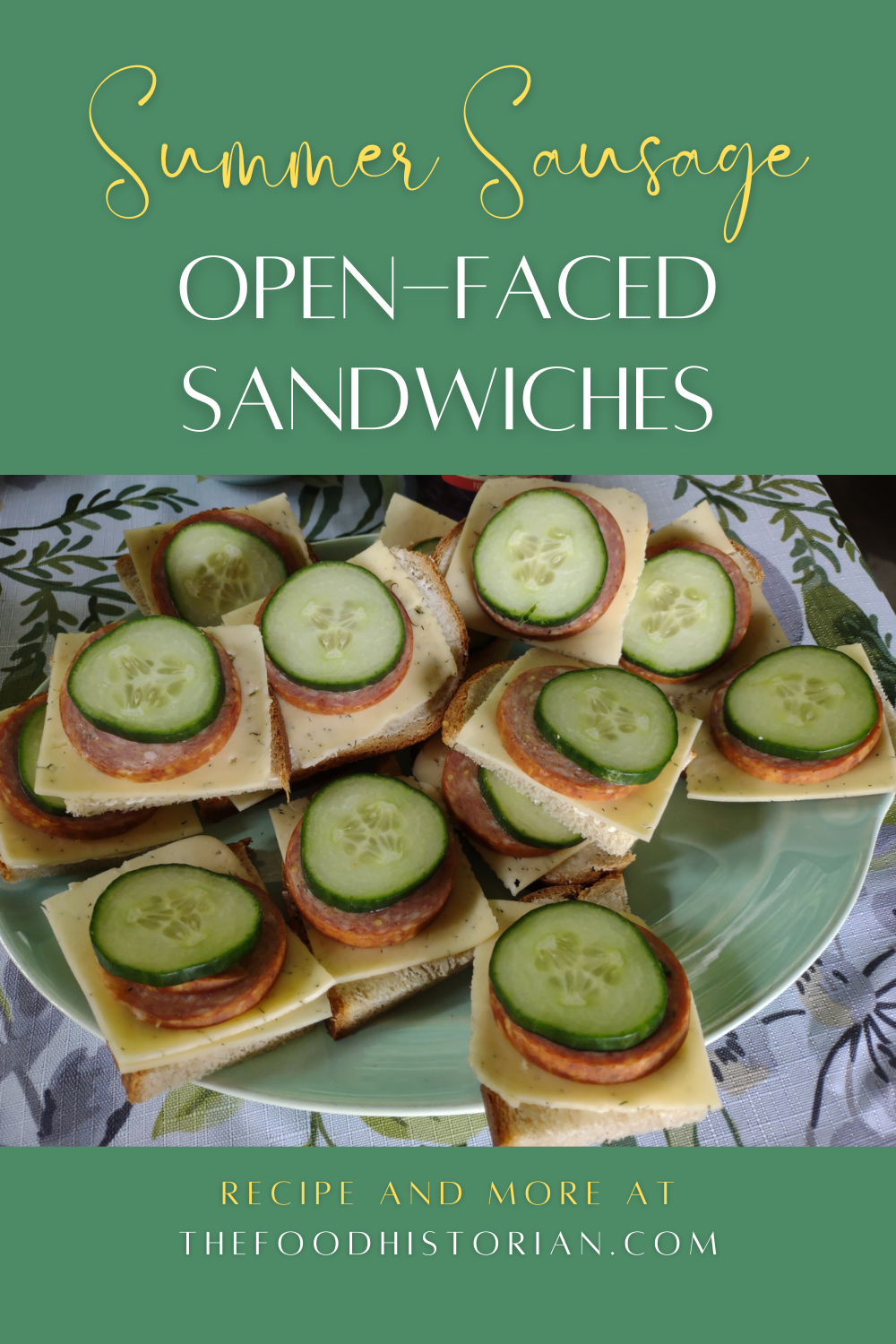
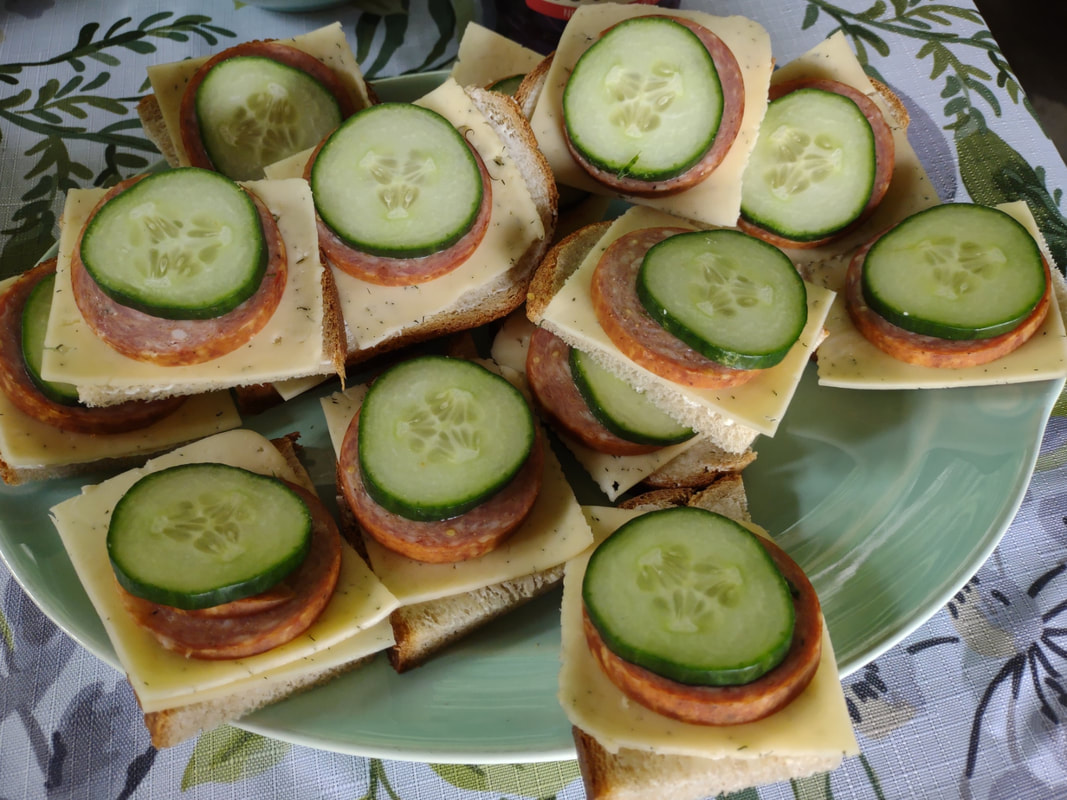

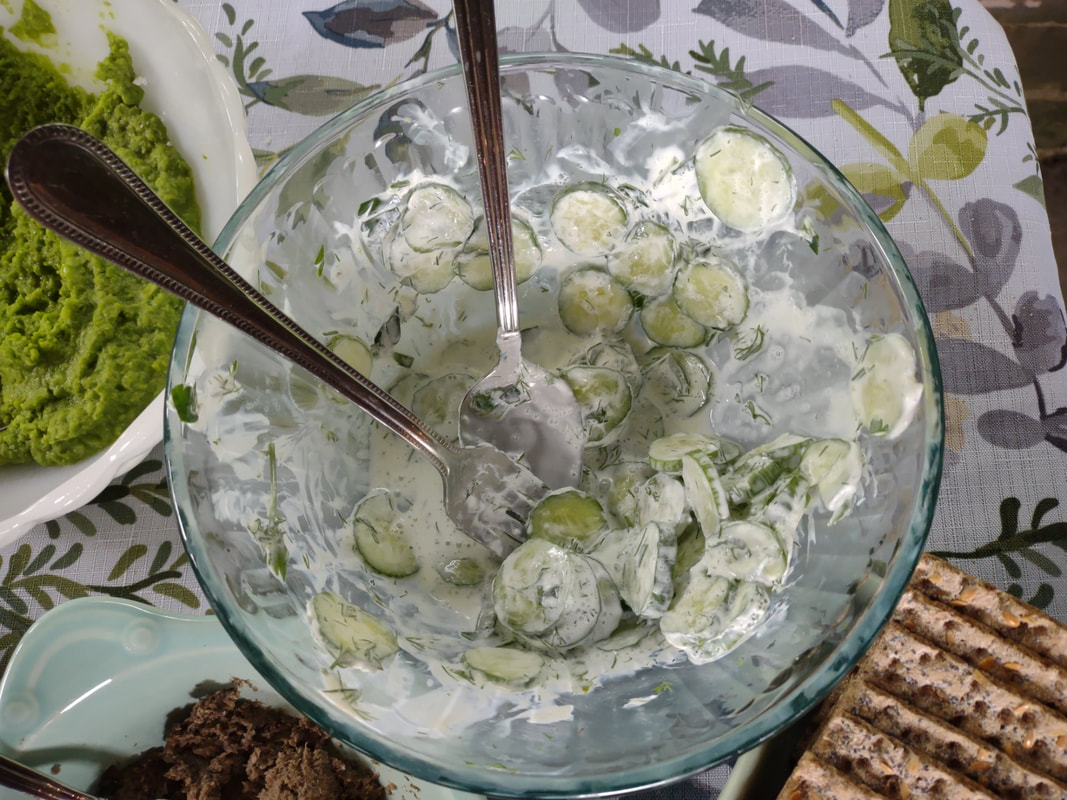
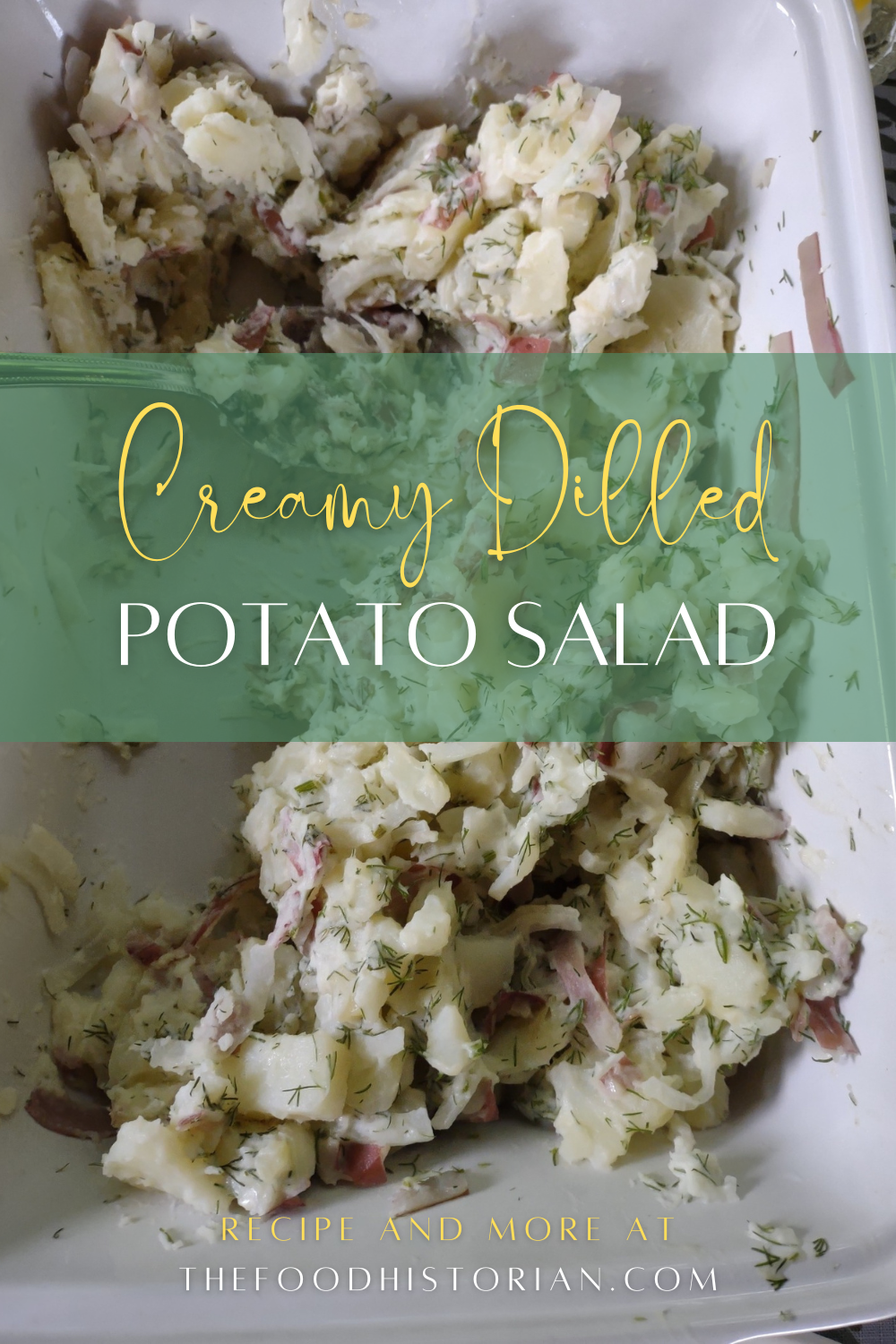
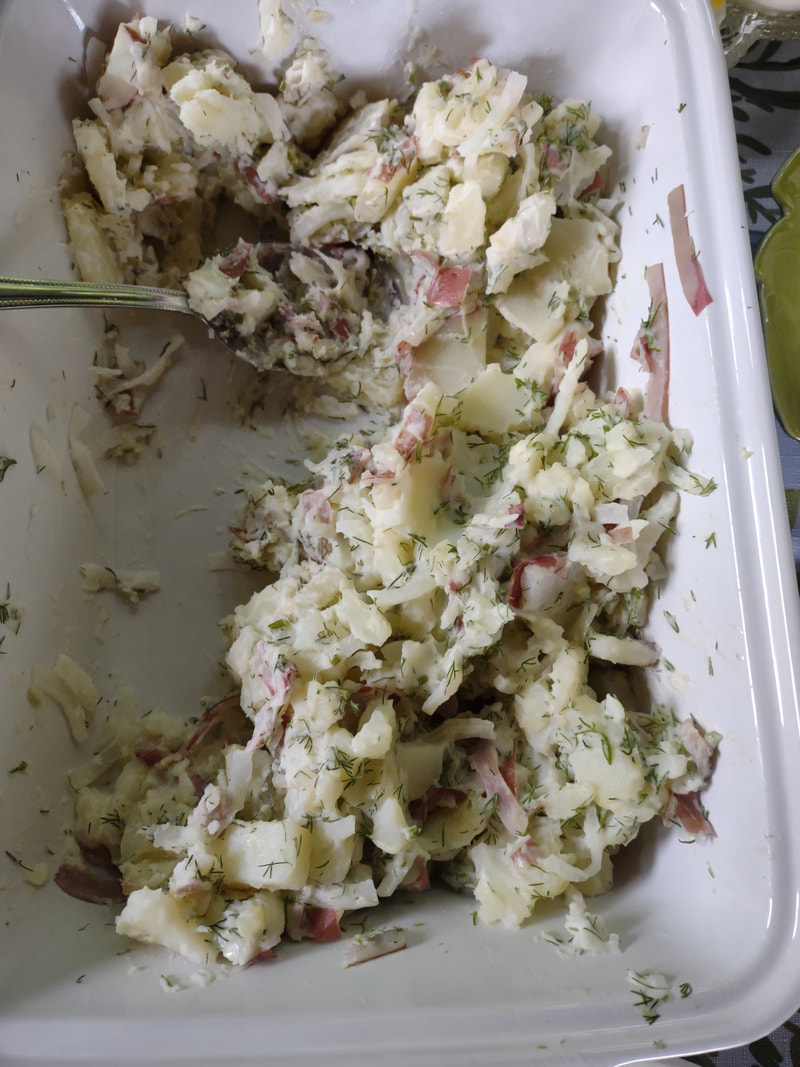
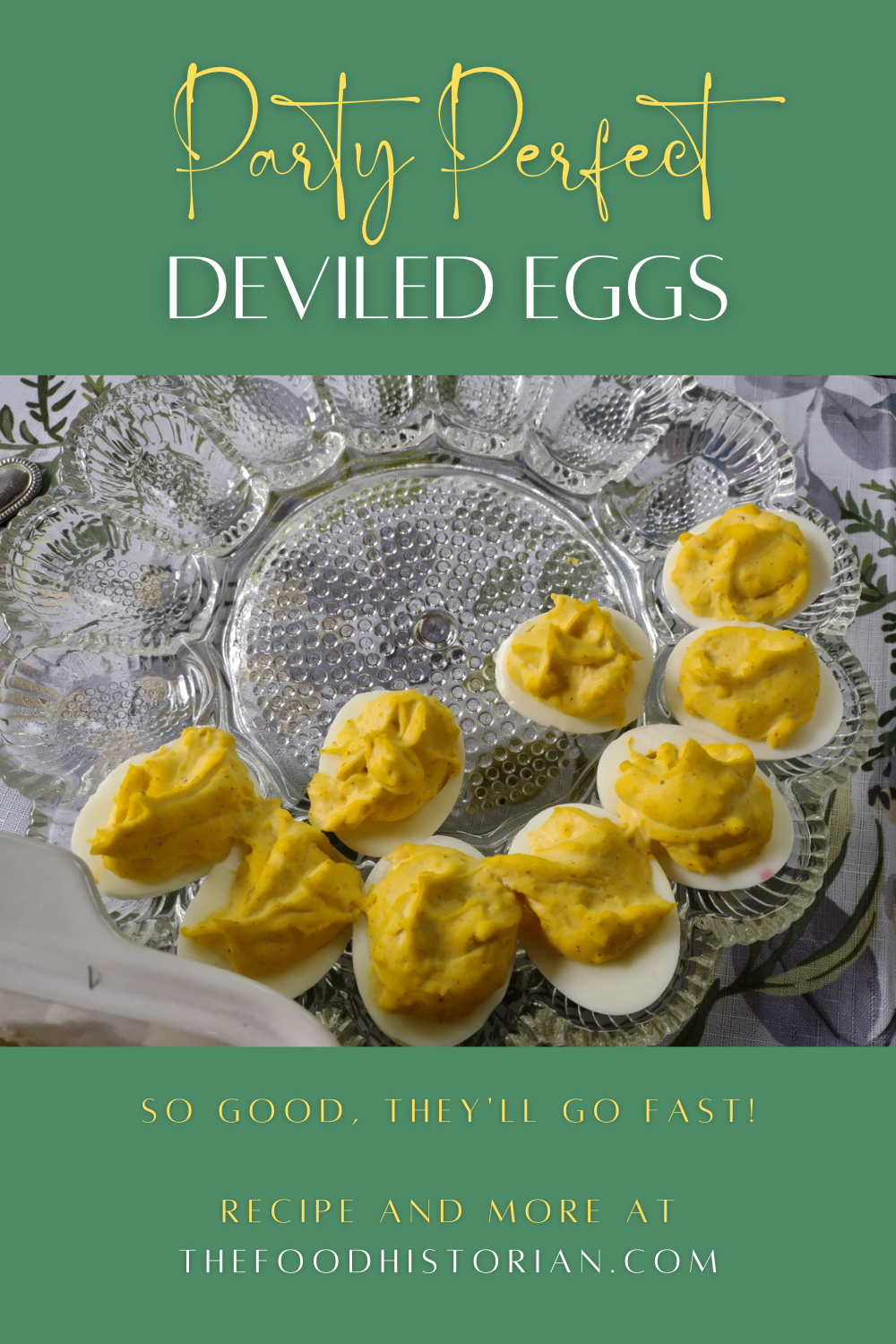
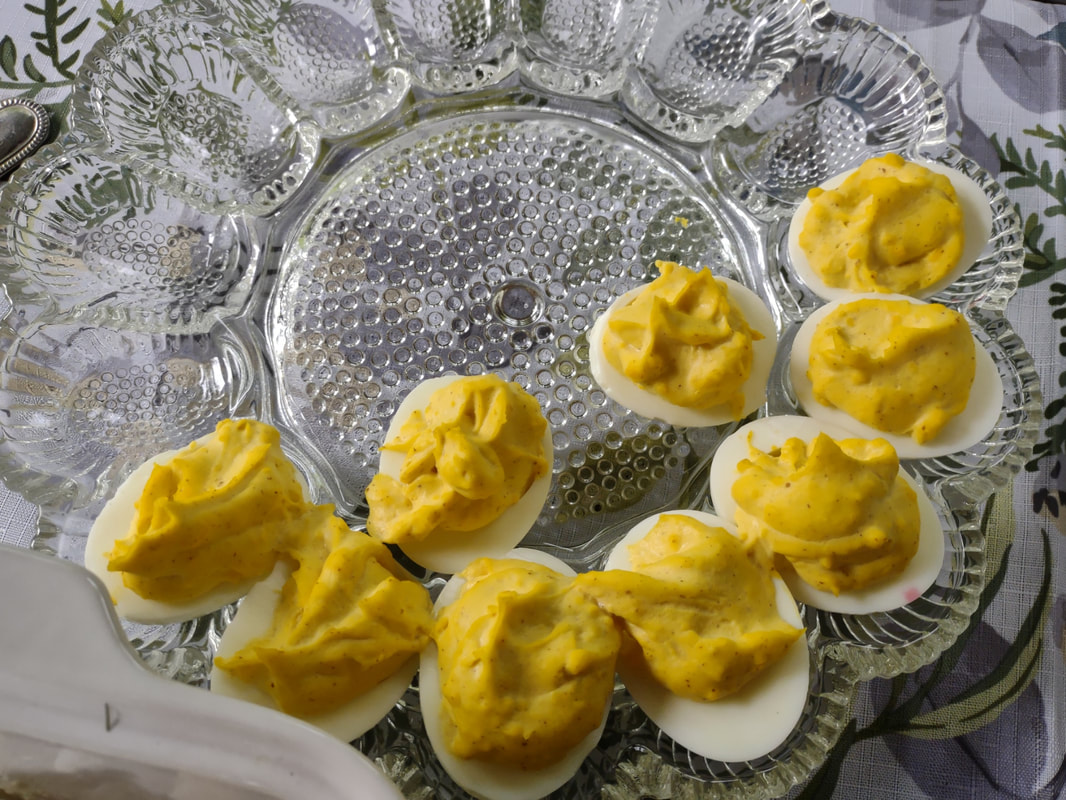
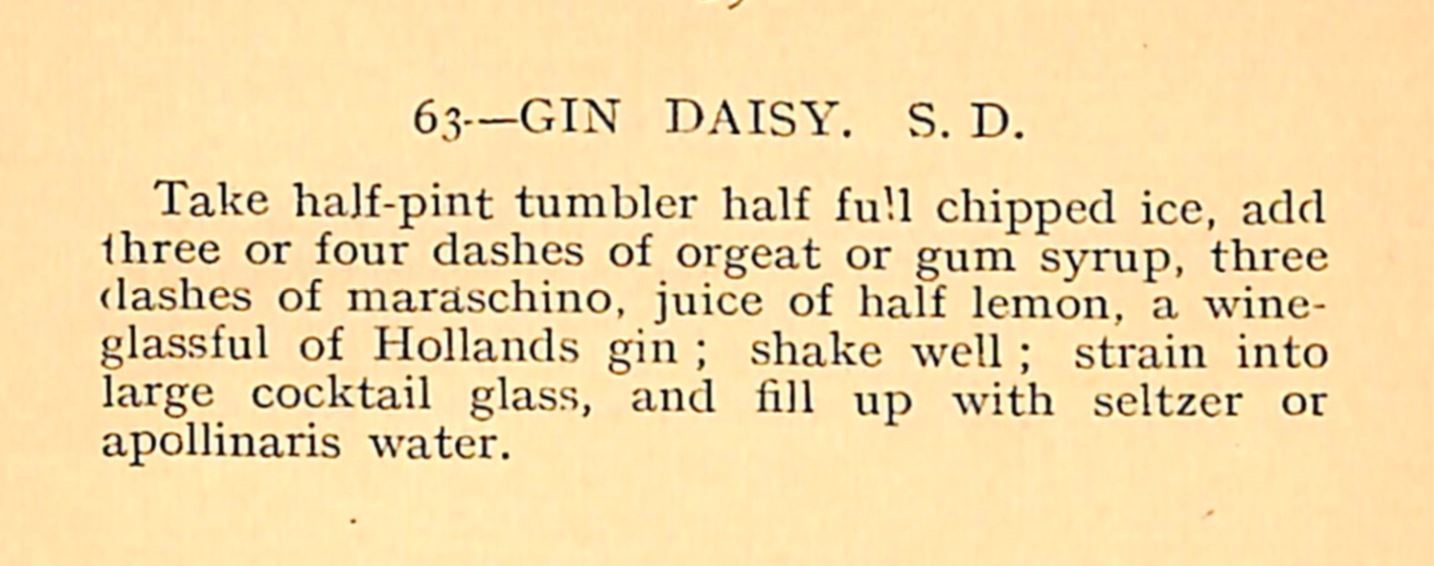
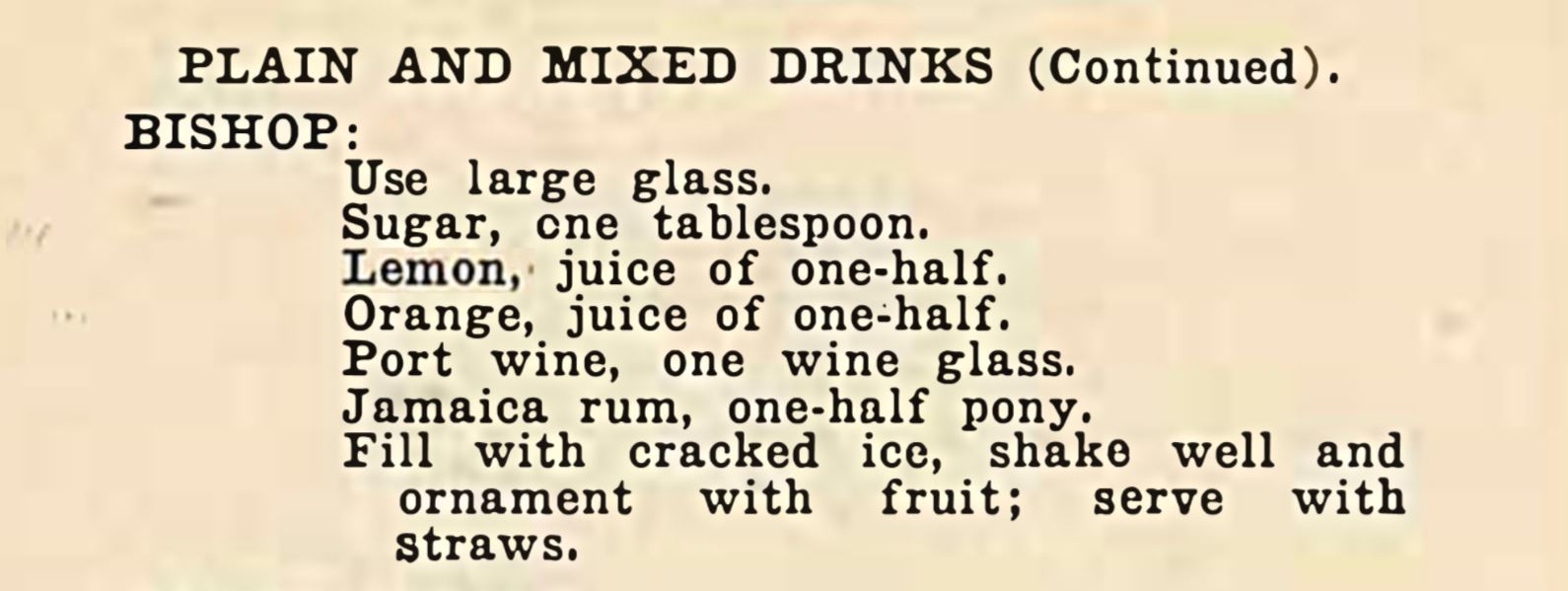

 RSS Feed
RSS Feed